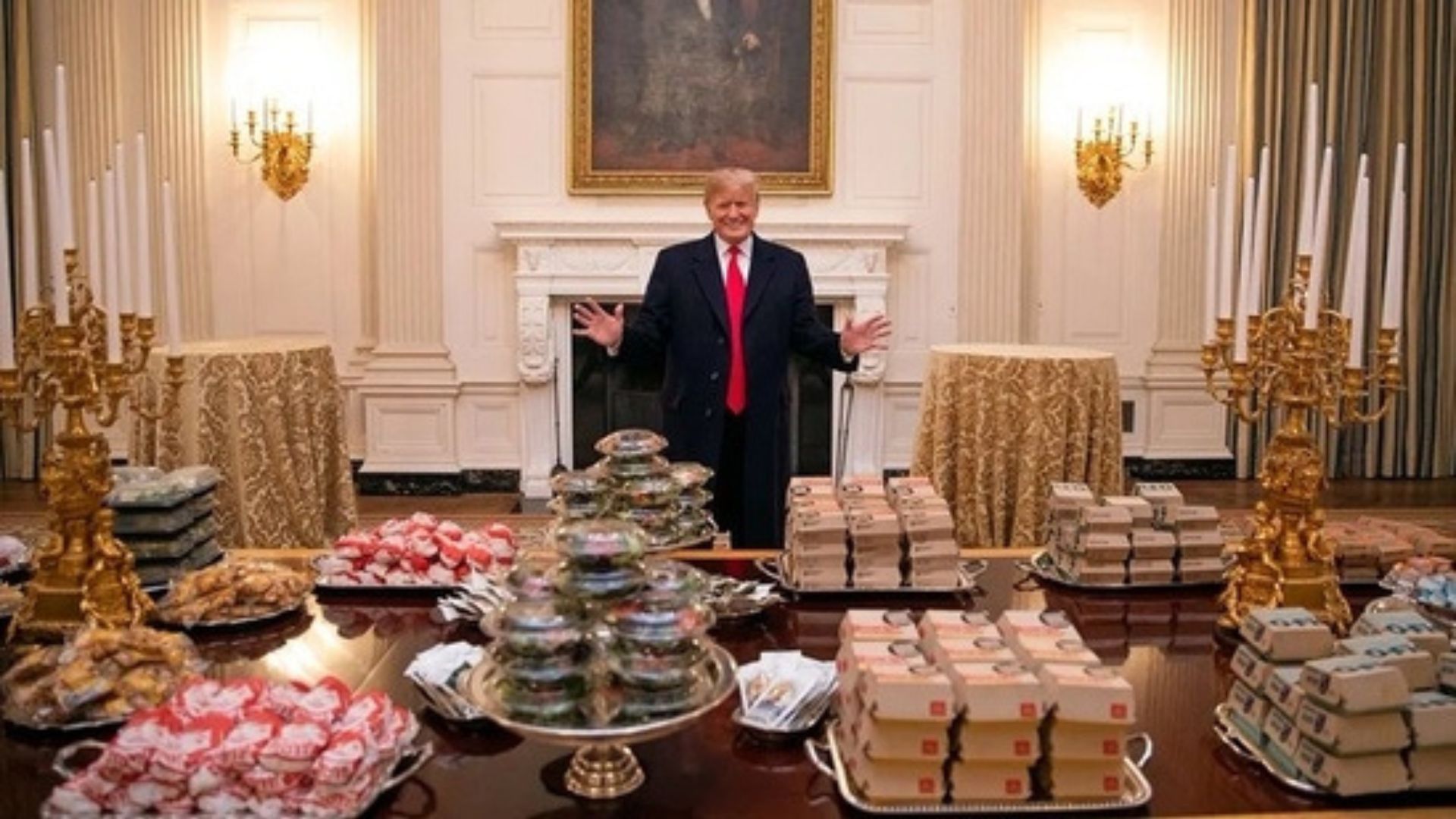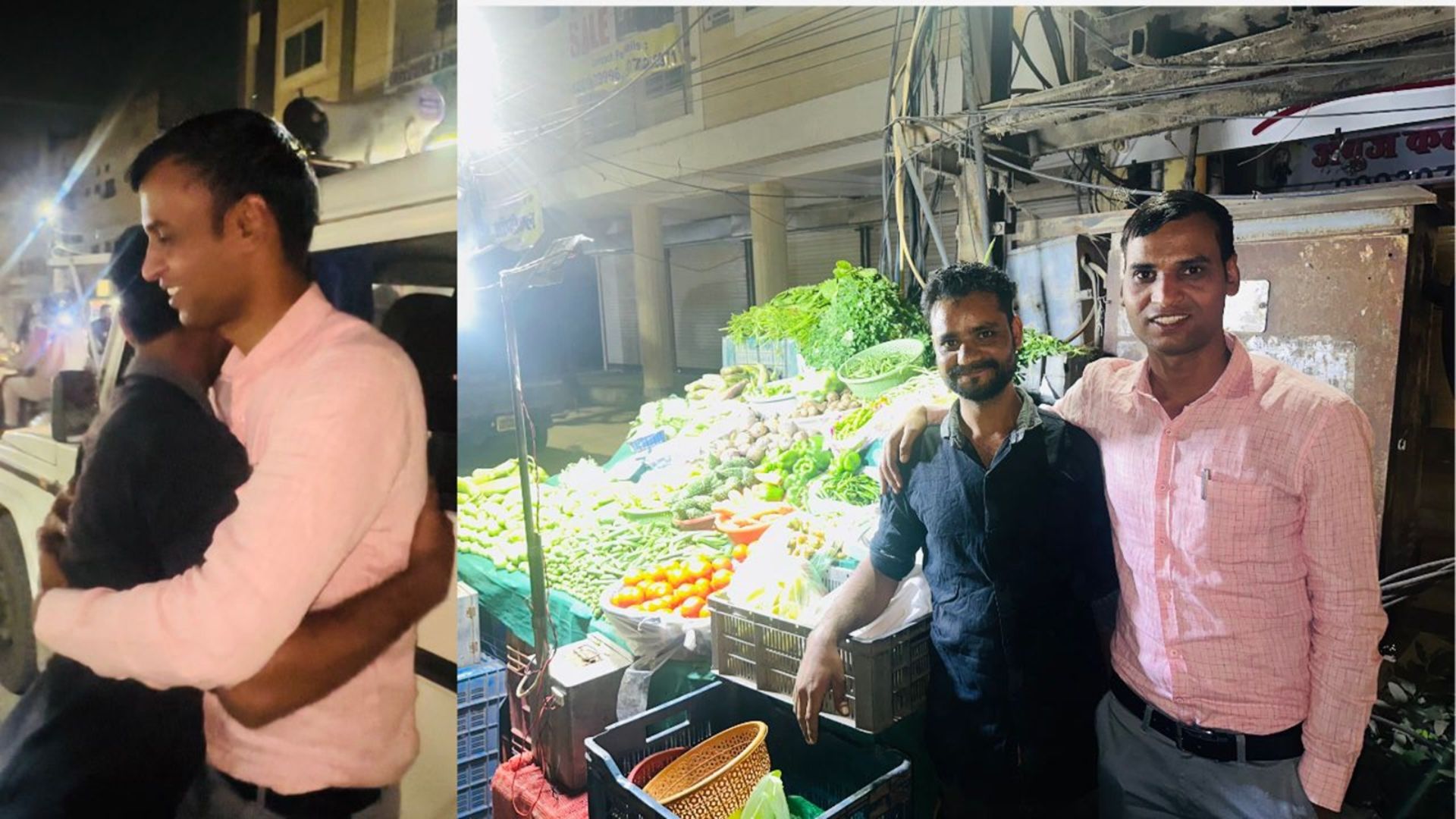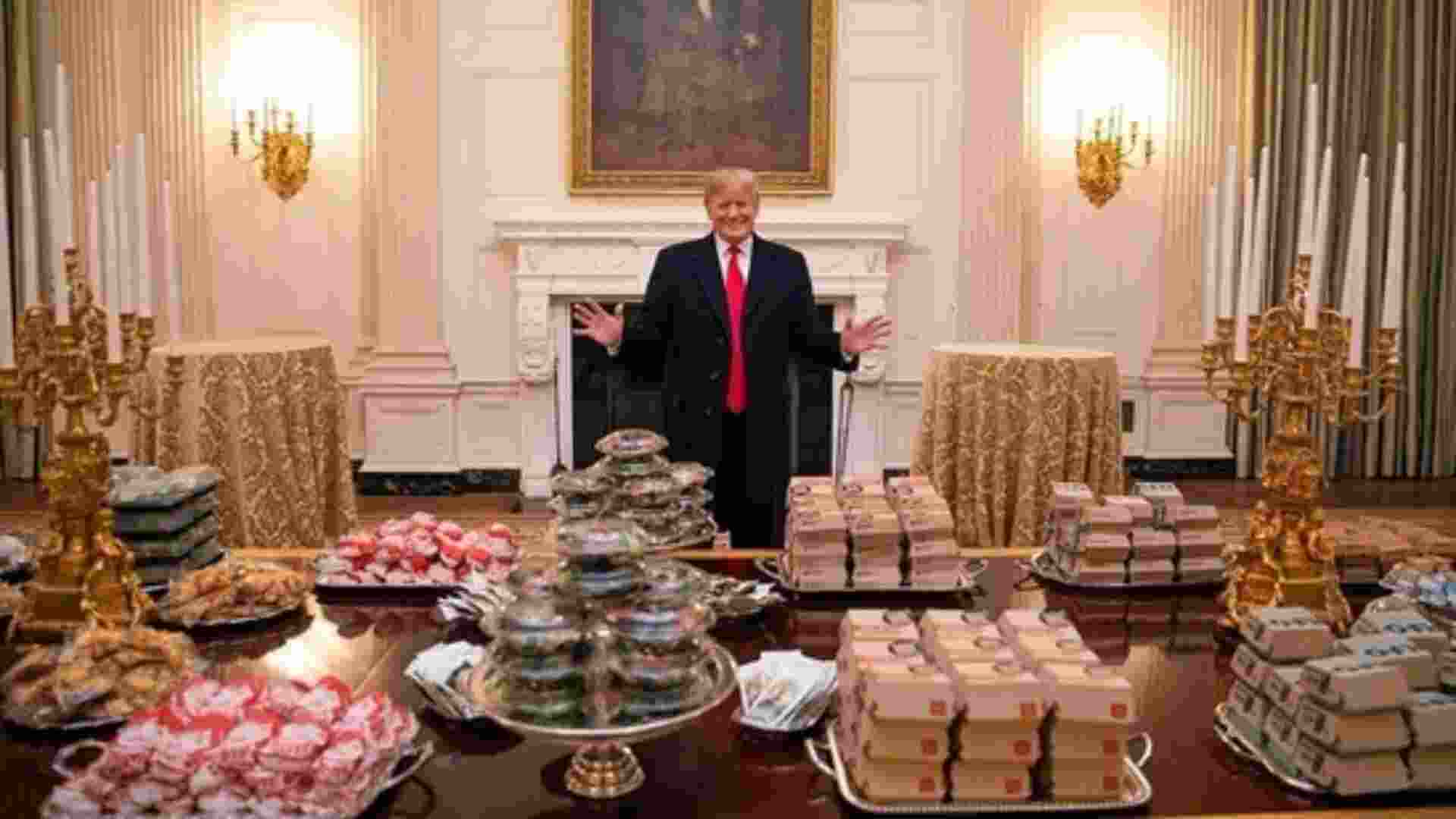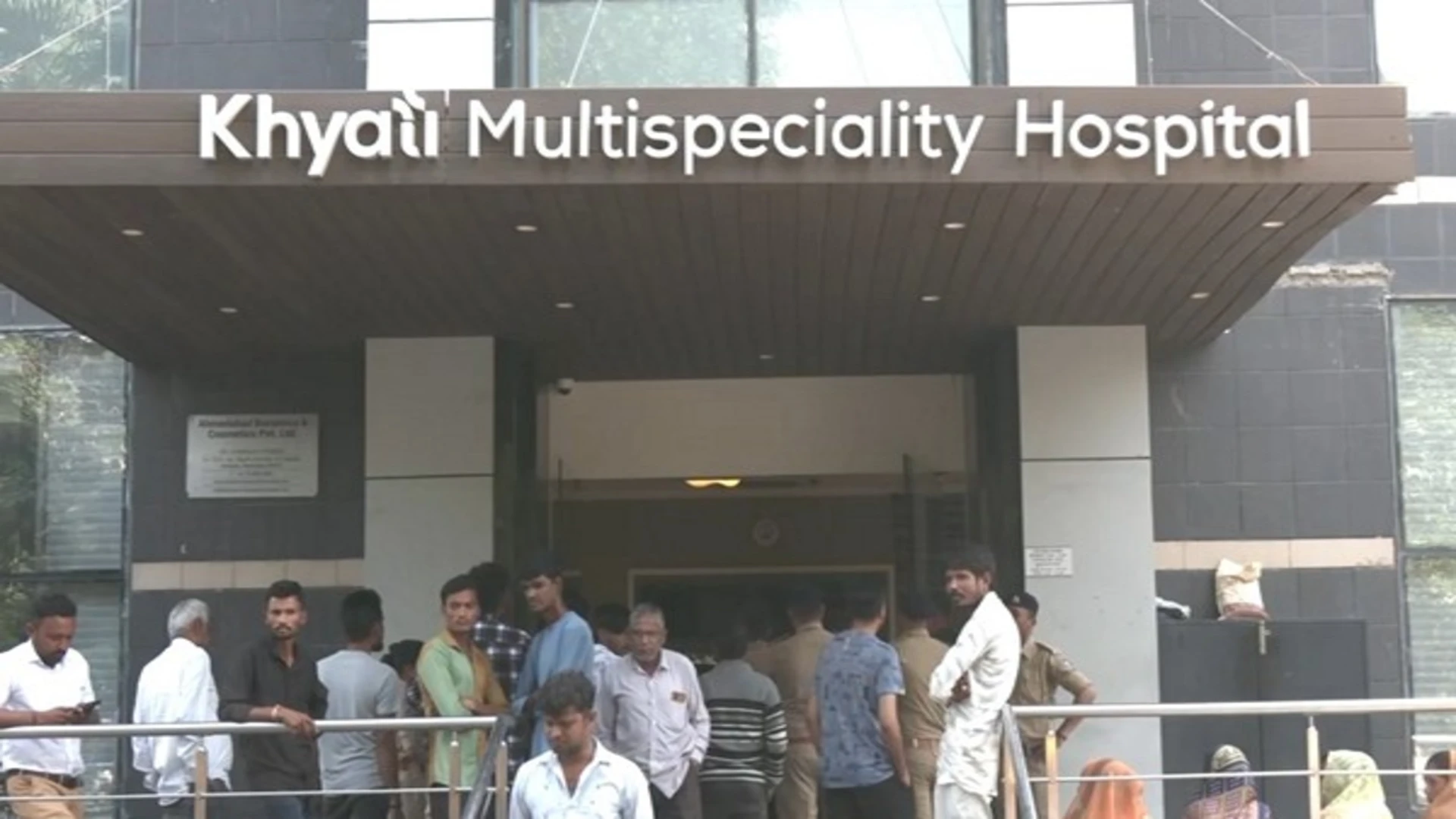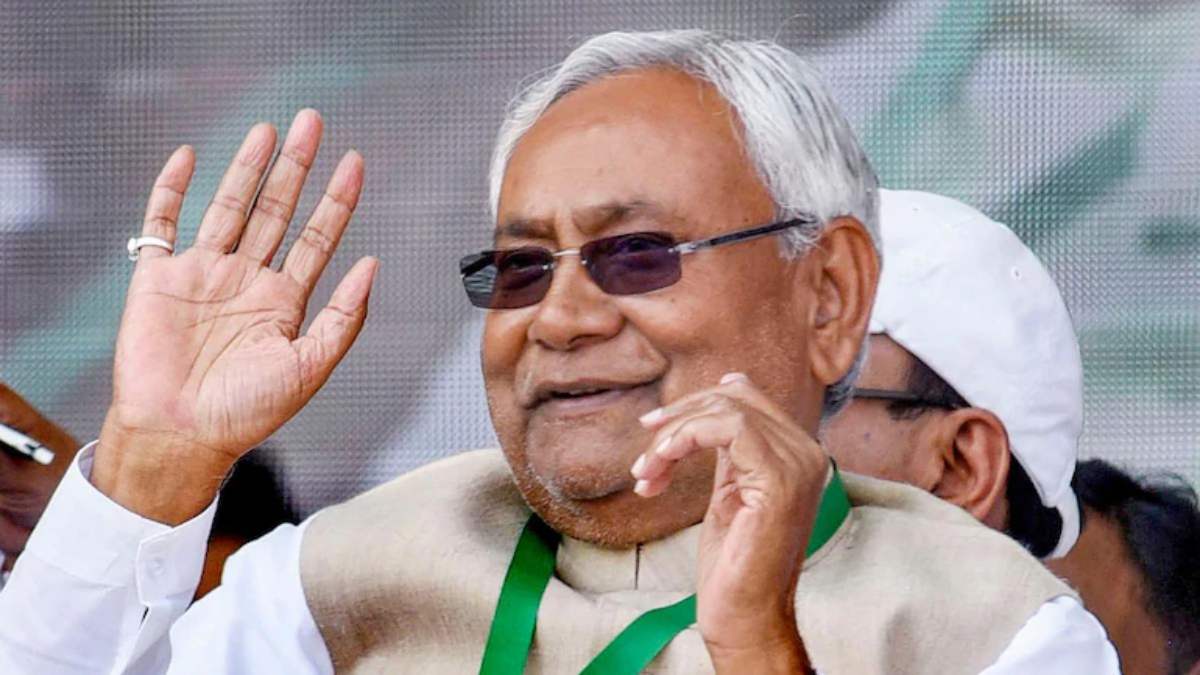
These elections are not just seeing a battle between Tejashwi Yadav and his bête noire, Chief Minister Nitish Kumar. There is another high-profile test at play over here: The image of Bihar. For perhaps the first time in the state the poll narrative is not so much about caste as it is about development and jobs. It is to the 31-year-old Tejashwi’s credit that jobs are back on the poll narrative with even the BJP taking its cue from him. But in a post-lockdown scenario where scores of Biharis were rendered jobless—and worse homeless—in the big cities and forced to trek back to their home-state, the security of their homeland has become paramount. Why can’t their own state provide them with the jobs so that they are not at the mercy of the merciless metros?
The answer to that is very simple. To be fair, Nitish Kumar is right when he talks about Lalu Yadav’s Jungle Raaj which is responsible for taking Bihar to the low that it finds itself in today. Initially Nitish did try to deliver on its promise of Sushashan Raj (development) but the image of Bihar is such that no big industry wants to set up shop in the state known for its Goonda Raj (Rule by the Goons). Interestingly, on the day Bihar voted in the second phase of its elections, Rishabh Gulati, Managing Editor, NewsX, asked me a very interesting question on the channel’s daily debate: How did West Bengal and Uttar Pradesh which also have their fair share of law and order breakdown not tarred as badly as the state of Bihar? The answer brings us back to political will. Unlike other states, UP’s governance has rotated between the two national parties and the regional outfits, while both the Congress and the BJP went through the motions to attract investment, so did the regional outfits. Look at what Mulayam Singh Yadav did during his tenure as CM. He set up the UP State Industrial Development Authority, put an ace networker like Amar Singh in charge of it and hosted a number of investor summits inviting the likes of Ambanis, Khaitans and Birlas for investment; and the odd Amitabh Bachchan for glamour. Whether their investment bore fruit or not at least it created the right optics and buzz. As Chief Minister, Akhilesh Yadav brought in the metro and the Delhi-Lucknow Expressway. Ditto for West Bengal which had to shrug off 34 years of communist rule and the Mamata Bannerjee led agitation against the Nano plant in Singur. But once she became CM, Mamata did her best to overturn the image of the state as being anti-industry. She appointed economist Amit Mitra as her finance minister, hosted the Kolkata Business Summit and even led a delegation of businessmen bureaucrats and policemen to London in 2015. Again, it’s the optics that is the first step and Bihar is yet to deliver on that. Until it does, the image of Bihar as a potholed state will remain. Bringing a new-age narrative on to the poll rhetoric is the first positive step in this direction.
Which brings us to the next question: Can Tejashwi deliver? If by some chance he gets the requisite numbers (conventional wisdom being that while the RJD will do well, the Congress may drag down the numbers), he could well be India’s youngest chief minister at age of 31. Will he be able to govern or will his inexperience drag him down? At this point the help of his ally will prove useful, for the Congress is talking of approaching the World Bank and other institutions for aid if the Centre does not back them. Also, there is his track record of 18 months in office as the state’s deputy chief minister. Even at the time his inexperience was raised against him but realising that this stint was part of his audition for the CM’s job, Tejashwi set out to prove a point. He lobbied with Delhi to get the Central Road Fund for Bihar increased from Rs 200 crore to Rs 1,000 crore and set up interdepartmental committees to speed up infrastructure projects. What also worried him was the “corruption” tag against his family. A student of new-age politics, he understood that image mattered. Whether it was his, or his state’s. At that point I was researching for my book The Contenders on gen-next politicians which also features Tejashwi. He told me then, “They have spread stories about me being corrupt, there is a case against me for amassing disproportionate assets when I was 15 years old (pertaining to the time when Lalu Yadav was the railway minister in 2006) but in the end it is the people’s court that will decide.”
In fact he has made a conscious decision not to put pictures of Lalu Yadav and Rabri Devi on his posters, to distance himself from allegations of Jungle Raj under their rule. When I had asked him then about the negative image of the state, he had admitted that this had always worried him even while he was part of the IPL and touring the country. But did he blame his parents for this? He had replied, “That is propaganda. When my dad was the CM at the time Patna’s Gandhi Maidan and the railway station were mortgaged. My father got Bihar out of the mess that Jagannath Mishra (Congress CM) had put it into. Also, earlier Bihar and Jharkhand were one but all the industry, sports and cultural associations were in south Bihar which have gone to Jharkhand” (excerpts from The Contenders).
Whether he is able to deliver or not, at least his focus is on the right issues. To his credit he has ensured that the NDA also talks this talk. In the end, it is now up to the people of Bihar, whether they cast their vote on development or caste lines. It’s an election where the voter is being tested as much as the politician.

